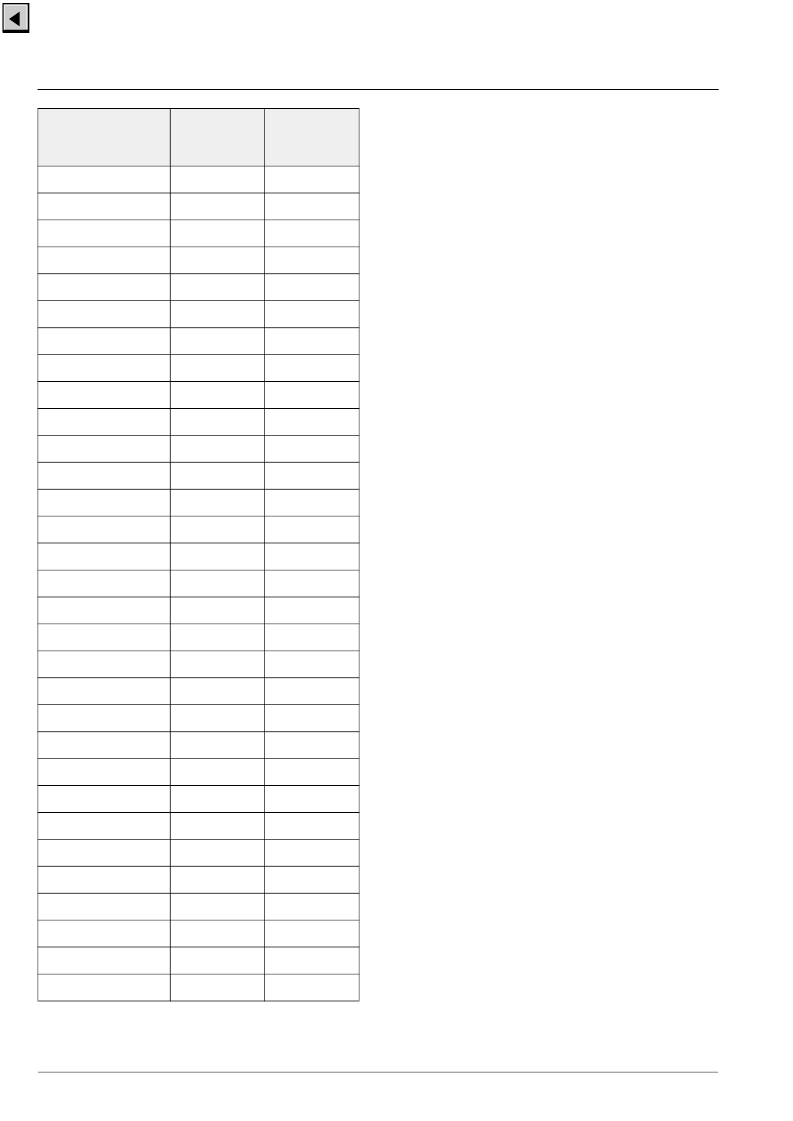- 您現(xiàn)在的位置:買(mǎi)賣(mài)IC網(wǎng) > PDF目錄370425 > HAL805UT-E (MICRONAS SEMICONDUCTOR HOLDING AG) Programmable Linear Hall Effect Sensor PDF資料下載
參數(shù)資料
| 型號(hào): | HAL805UT-E |
| 廠(chǎng)商: | MICRONAS SEMICONDUCTOR HOLDING AG |
| 元件分類(lèi): | 磁阻傳感器 |
| 英文描述: | Programmable Linear Hall Effect Sensor |
| 中文描述: | MAGNETIC FIELD SENSOR-HALL EFFECT, -1-1mT, 0.35-4.65V, RECTANGULAR, THROUGH HOLE MOUNT |
| 封裝: | PLASTIC, TO-92UT, 3 PIN |
| 文件頁(yè)數(shù): | 18/24頁(yè) |
| 文件大小: | 373K |
| 代理商: | HAL805UT-E |
第1頁(yè)第2頁(yè)第3頁(yè)第4頁(yè)第5頁(yè)第6頁(yè)第7頁(yè)第8頁(yè)第9頁(yè)第10頁(yè)第11頁(yè)第12頁(yè)第13頁(yè)第14頁(yè)第15頁(yè)第16頁(yè)第17頁(yè)當(dāng)前第18頁(yè)第19頁(yè)第20頁(yè)第21頁(yè)第22頁(yè)第23頁(yè)第24頁(yè)

HAL805
PRELIMINARY DATA SHEET
18
Micronas
4.4. Undervoltage Behavior
In a voltage range below 4.5 V to approximately 3.5 V,
the operation of the HAL 805 is typically given and pre-
dictable for the most sensors. Some of the parameters
may be out of the specification. Below about 3.5 V, the
digital processing is reset. If the supply voltage once
again rises above about 3.5 V, a startup time of about
20
μ
s elapses for the digital processing to occur. As
long as the supply voltage is still above about 2.8 V,
the analog output is kept at its last valid value ratiomet-
ric to V
DD
. Below about 2.5 V, the entire sensor will
reset.
4.5. Ambient Temperature
Due to the internal power dissipation, the temperature
on the silicon chip (junction temperature T
J
) is higher
than the temperature outside the package (ambient
temperature T
A
).
T
J
= T
A
+
T
At static conditions, the following equation is valid:
T = I
DD
* V
DD
* R
thJA
For typical values, use the typical parameters. For
worst case calculation, use the max. parameters for
I
DD
and R
th
, and the max. value for V
DD
from the appli-
cation.
For V
DD
= 5.5 V, R
th
= 200 K/W and I
DD
= 10 mA the
temperature difference
T = 11 K.
For all sensors, the junction temperature T
J
is speci-
fied. The maximum ambient temperature T
Amax
can be
calculated as:
T
Amax
= T
Jmax
T
4.6. EMC and ESD
The HAL 805 is designed for a stabilized 5 V supply.
Interferences and disturbances conducted along the
12 V onboard system (product standards DIN40839
part 1 or ISO 7637 part 1) are not relevant for these
applications.
For applications with disturbances by capacitive or
inductive coupling on the supply line or radiated distur-
bances, the application circuit shown in Fig. 4
–
1 is rec-
ommended. Applications with this arrangement
passed the EMC tests according to the product stan-
dards DIN 40839 part 3 (Electrical transient transmis-
sion by capacitive or inductive coupling) and part 4
(Radiated disturbances).
Please contact Micronas for the detailed investigation
reports with the EMC and ESD results.
810
0
15
860
1
16
910
2
16
960
3
16
1020
4
17
1070
5
17
1120
6
17
1180
7
18
1250
8
18
1320
9
19
1380
10
19
1430
11
20
1500
12
20
1570
13
20
1640
14
21
1710
15
21
1780
16
22
1870
17
22
1950
18
23
2030
19
23
2100
20
24
2180
21
24
2270
22
25
2420
24
26
2500
25
27
2600
26
27
2700
27
28
2800
28
28
2900
29
29
3000
30
30
3100
31
31
Temperature
Coefficient of
Magnet (ppm/K)
TC
TCSQ
相關(guān)PDF資料 |
PDF描述 |
|---|---|
| HAL805UT-K | Programmable Linear Hall Effect Sensor |
| HAL815 | Programmable Linear Hall Sensor |
| HAL815A | Programmable Linear Hall Sensor |
| HAL815E | Programmable Linear Hall Sensor |
| HAL815K | Programmable Linear Hall Sensor |
相關(guān)代理商/技術(shù)參數(shù) |
參數(shù)描述 |
|---|---|
| HAL805UT-K | 制造商:MICRONAS 制造商全稱(chēng):MICRONAS 功能描述:Programmable Linear Hall Effect Sensor |
| HAL810 | 制造商:MICRONAS 制造商全稱(chēng):MICRONAS 功能描述:Programmable Linear Hall-Effect Sensor |
| HAL815 | 制造商:MICRONAS 制造商全稱(chēng):MICRONAS 功能描述:Programmable Linear Hall Sensor |
| HAL815_1 | 制造商:MICRONAS 制造商全稱(chēng):MICRONAS 功能描述:Programmable Linear Hall-Effect Sensor |
| HAL815A | 制造商:MICRONAS 制造商全稱(chēng):MICRONAS 功能描述:Programmable Linear Hall Sensor |
發(fā)布緊急采購(gòu),3分鐘左右您將得到回復(fù)。